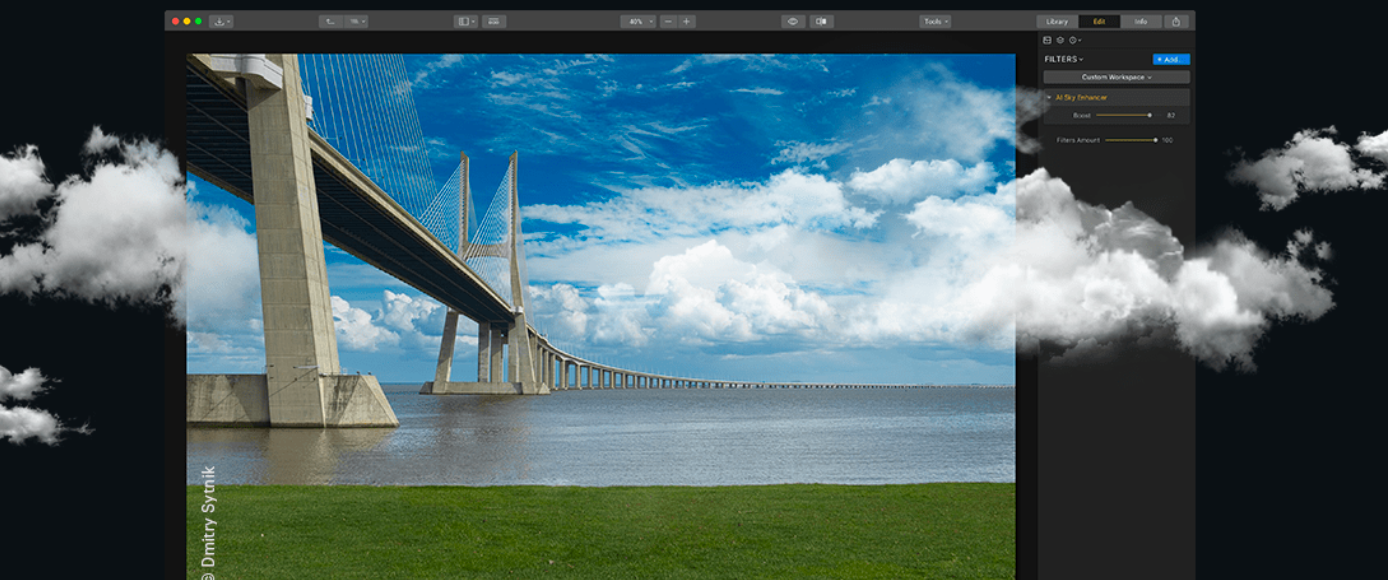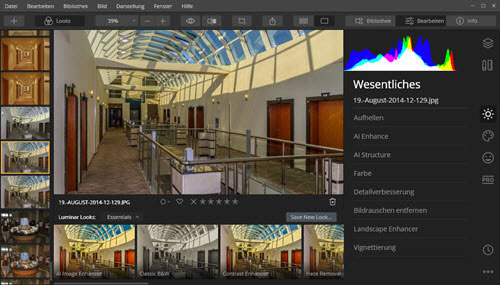

Appleīut let’s get back to the camera itself. In addition to minimizing camera movement for smooth movement, a gimbal can identify a person and keep them centered in the frame.Īpple’s Center Stage feature automatically keeps the subject in the center of the frame, even if they move. Or is it? I joke about the camera dragging your arms into position, but that’s not far from describing what many camera gimbal devices do.

Plus, when shooting, the photographer is still the one who controls where the lens is pointed. But that doesn’t help when determining which foreground object should be prominent and where it should be placed in relation to other objects in the scene. Some of that happens: smartphones can identify when a person is in the frame, and some can recognize common elements such as the sky, trees, mountains, and the like. To apply AI smarts to composition, the camera needs to understand as well as you do what’s in the viewfinder. It’s gathering a wide range of data and merging it all together. The camera, almost exclusively in a smartphone, captures a dozen or so shots at different exposures within a few milliseconds and then combines them to build a well-lit photo. In some ways, more advanced AI features such as HDR are easier to pull off. So where does computational photography fit into this frame? In fact, composition is often truly the most difficult part of capturing a scene. Experienced photographers know, however, that choosing where the subject appears, how it’s composed in the viewfinder/screen, and even which element is the subject, involves more work and consideration. Point the camera at a subject and press or tap the shutter button. On the surface, composition seems to be the simplest part of photography.
PIXELMATOR PRO VS LUMINAR AI SOFTWARE
(If it is pulling your arms, it’s time to consider a lighter camera or a sturdy tripod!) But software can affect composition in many circumstances-mostly during editing, but in some cases while shooting, too. When you line up a shot, the camera isn’t physically pulling your arms to aim the lens at a better layout. Image composition seems to be outside that tension. Does that grab too much creative control from photographers? (See my last column, “ You’re already using computational photography, but that doesn’t mean you’re not a photographer.”)
PIXELMATOR PRO VS LUMINAR AI HOW TO
The “AI” features in cameras and photo editing apps can take over for many technical aspects, such as how to expose a scene or nail focus. And many other functions and design decision that help with ease of use.A recurring theme with computational photography is the tension over creative choices. There's also a overlay mask that shows wether a shot is in focus or not. Plus, live view allows superimposing an overlay great for cover shooting. Many cameras can be controlled via the program and if the camera has live view, similar functionality can be enabled in Capture One. It has Hot Folder functionality that will keep an eye on changes in a set folder and as soon as any new images appear in that folder they will be added to Capture One great for cameras that are not supported by Capture One natively and unlike other Hot Folder functionality in other programs C1 captures everything coming in quickly and imports all images as active. For example, it has Composition Mode that allows setting up the shot without taking up hard-drive space by replacing the last image taken with the a one as soon as you take it. Well thought out tethered capture implementation Once you hook up your camera to Capture One, the program offers a bunch of useful tools and workflows based on your needs.


 0 kommentar(er)
0 kommentar(er)
